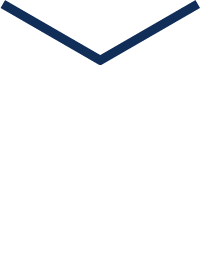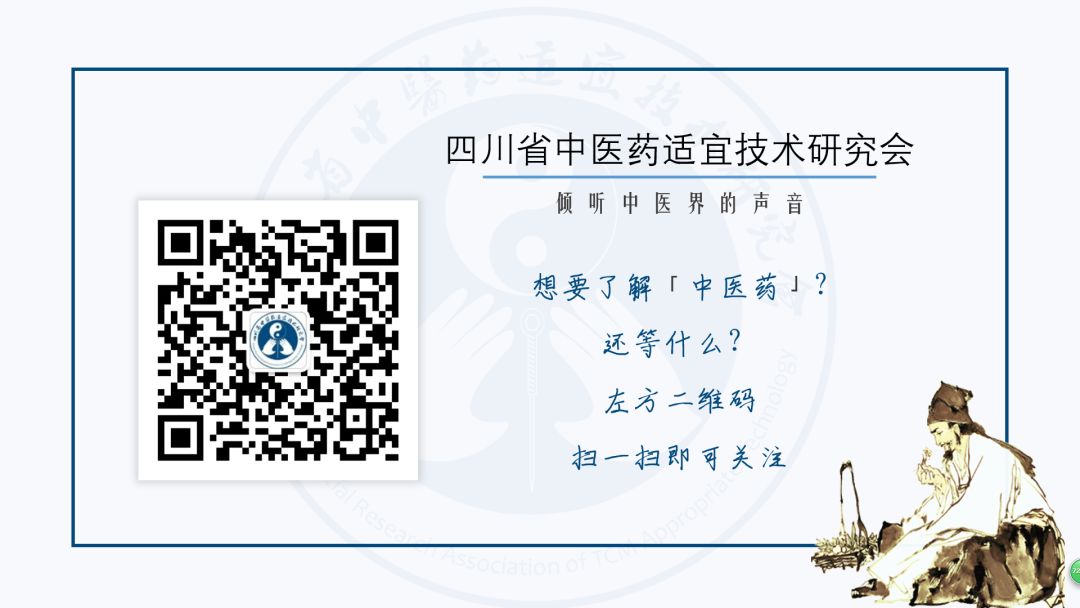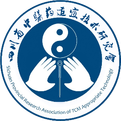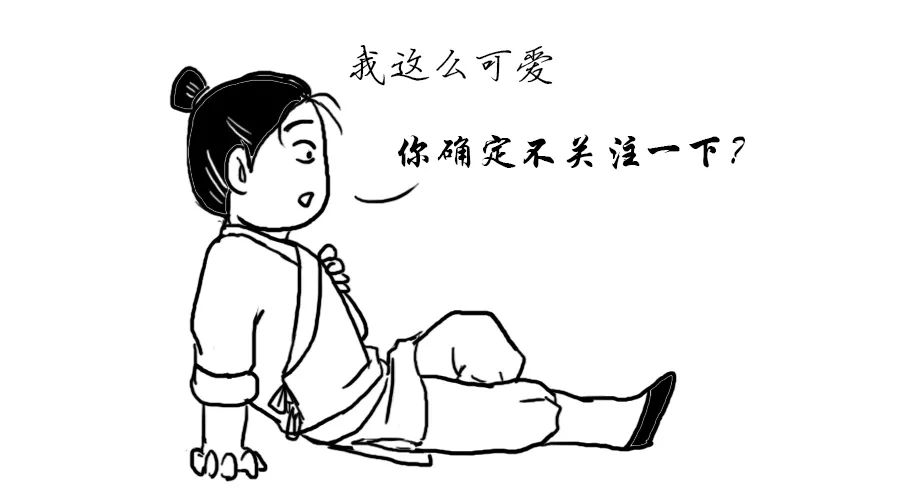
[Traditional Chinese Medicine Techniques] Part 3: Gua Sha Techniques


Chapter
1
Gua Sha
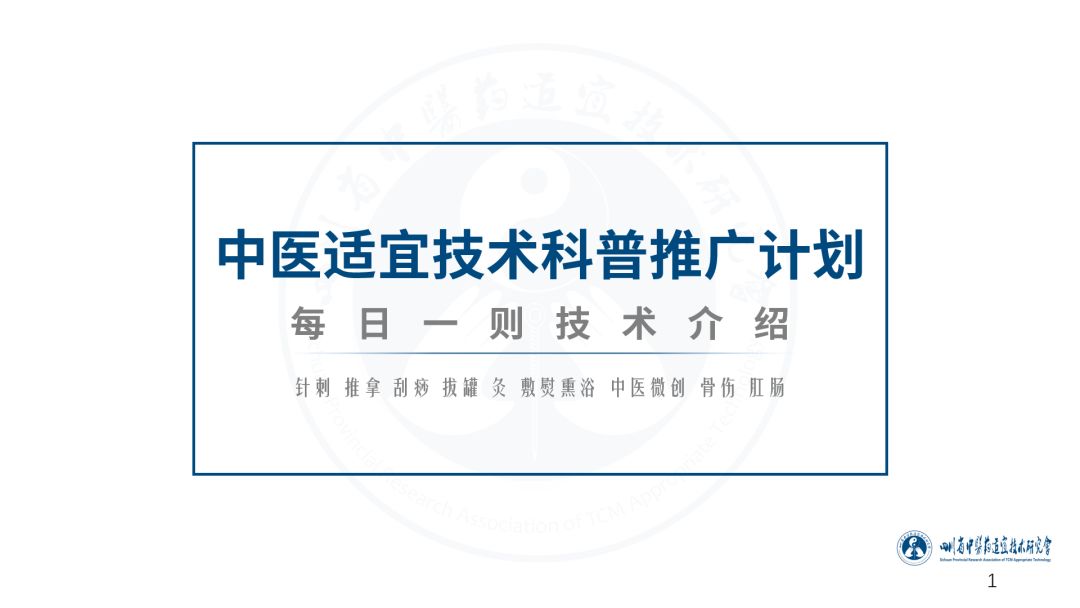
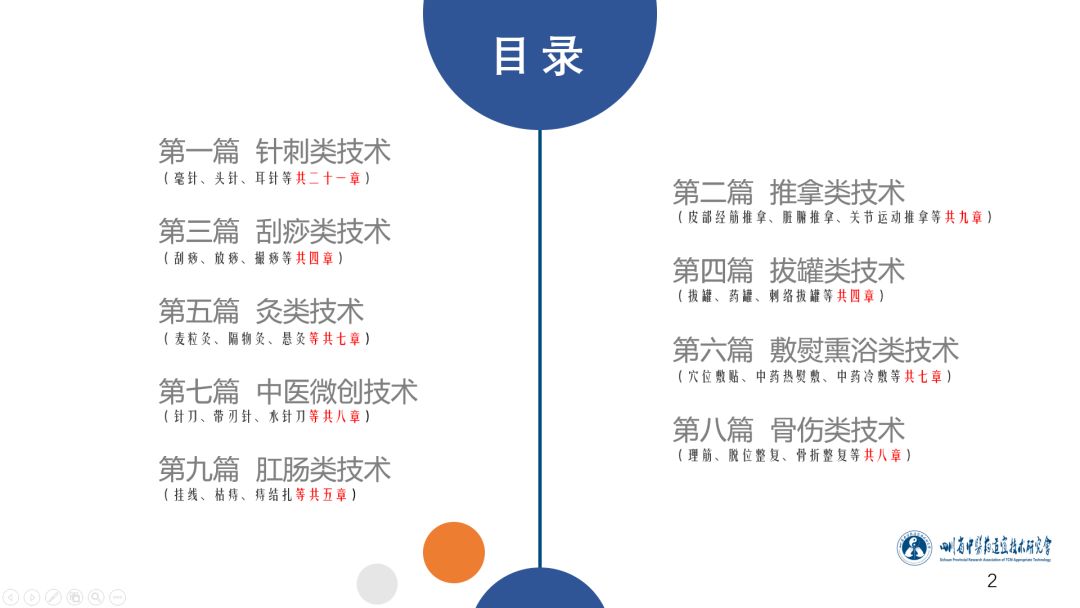
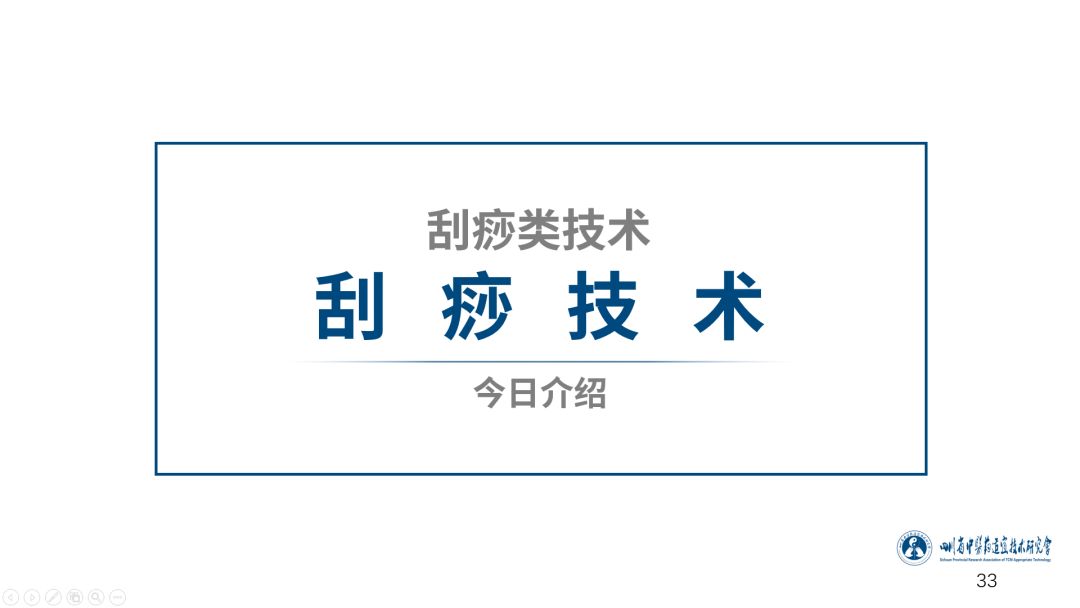
Gua Sha is a TCM external treatment technique guided by the theory of meridians and acupoints, using various materials and shapes of Gua Sha instruments and mediums to scrape the skin surface to prevent and treat diseases. Gua Sha techniques have the effects of unblocking meridians, improving blood circulation, and adjusting joint structure and function. It is commonly used for external pathogenic diseases and painful bone and joint diseases.

1
Commonly Used Instruments and Basic Operation Methods
1
Commonly Used Instruments and Mediums
1. Instruments: Gua Sha boards (Bian stone, water buffalo horn, jade, etc.).
2. Mediums: Gua Sha oil, moisturizing lotion, essential oils, etc.

2
Grip and Scraping Methods
Hold the board with one hand, placing the Gua Sha board in the palm, pinching it with the thumb, index, and middle fingers, while the ring and little fingers press against the edges of the board, fixing the Gua Sha board from three angles (see Figure 1). During scraping, adjust the angle of the Gua Sha board using finger and wrist strength, maintaining an angle of about 45° between the board and the skin, with the elbow joint as the axis, moving the forearm in a rhythmic manner.
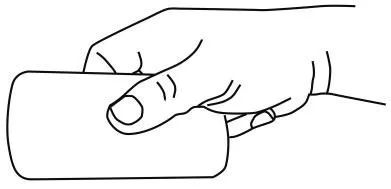
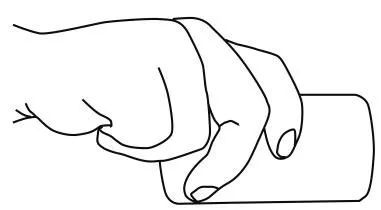
Figure 1 Grip Method Illustration

3
Order of Gua Sha
The general principle for selecting the order of Gua Sha is to start from the head and face, then the hands and feet, first the back and waist, then the chest and abdomen, and finally the upper limbs before the lower limbs, scraping in sequence. For full body Gua Sha, the order is: head, neck, shoulders, back and waist, upper limbs, chest and abdomen, and lower limbs; for local Gua Sha, such as neck Gua Sha, the order is: head, neck, shoulders, upper limbs; for shoulder Gua Sha, the order is: head, neck, upper shoulder, front shoulder, back shoulder, upper limbs; for back and waist Gua Sha, the order is: center of the back and waist, both sides of the spine, and both lower limbs.

4
Direction of Gua Sha
The general principle is to scrape from top to bottom and from inside to outside, in a single direction, extending the distance as much as possible. For the head, the combing method is generally used, scraping from front to back (see Figure 2);
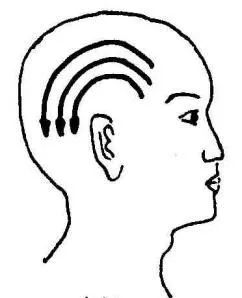
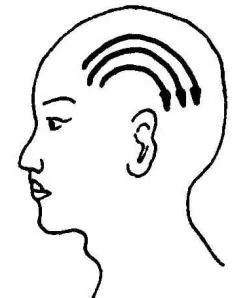
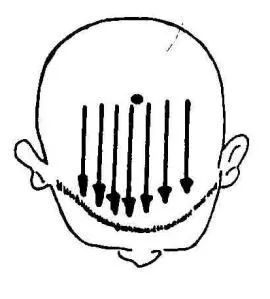
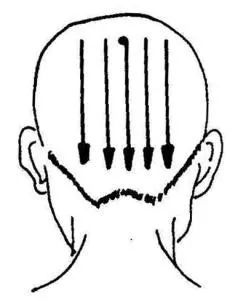
Figure 2 Head Scraping Direction
The face is generally scraped from the center to both sides, and the jaw is scraped outward and upward (see Figure 3);
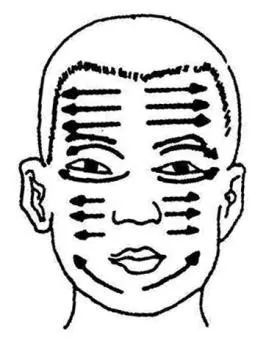
Figure 3 Face Scraping Direction
The neck, shoulders, and back are scraped from the center and both sides from top to bottom, with the shoulders scraped from inside to outside, and the front, outer, and back shoulders scraped from top to bottom (see Figure 4);
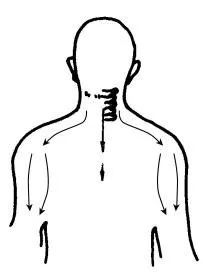
Figure 4 Neck and Shoulder Scraping Direction
The chest should be scraped from top to bottom, while the intercostal areas should be scraped from inside to outside (see Figure 5); the abdomen should be scraped from top to bottom, gradually expanding from the inside out (see Figure 6);
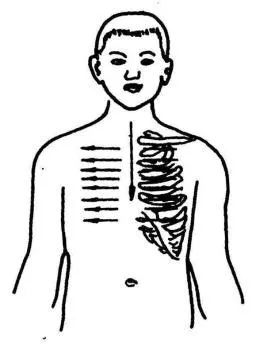
Figure 5 Chest Scraping Direction
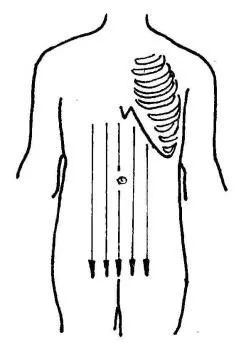
Figure 6 Abdomen Scraping Direction
The limbs should be scraped towards the distal ends (see Figures 7 and 8).
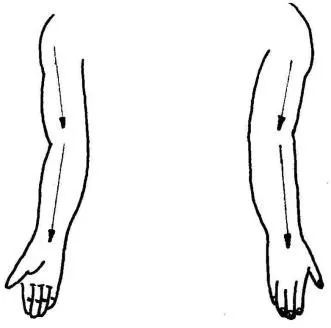
Figure 7 Upper Limb Scraping Direction
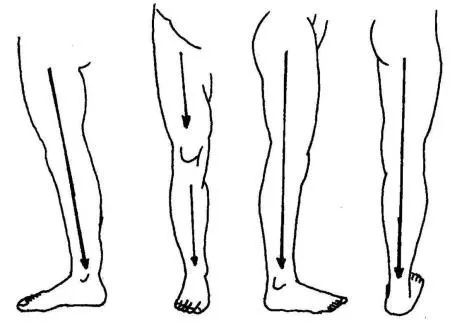
Figure 8 Lower Limb Scraping Direction

5
Time
The time for Gua Sha includes the duration of each treatment, the interval between treatments, and the treatment course:
1. Each area is generally scraped 20-30 times, with each patient typically selecting 3-5 areas; local Gua Sha generally takes 5-10 minutes, while full body Gua Sha should take 10-20 minutes.
2. It is advisable to have an interval of 3-6 days between two Gua Sha sessions, or until the Sha on the skin has receded and there is no pain when pressing the skin; if the condition requires, or if the Sha marks have not receded, do not scrape the original area again, but select other related areas for Gua Sha.
3. For acute conditions, the treatment course ends when recovery is achieved; for chronic diseases, generally 7-10 sessions constitute a treatment course.

6
Degree of Gua Sha
The degree of Gua Sha includes the intensity of scraping and the degree of Sha produced:
1. The force during Gua Sha should be even, starting from light to heavy, within the patient’s tolerance.
2. Generally, scrape until the skin shows redness, purplish-red color changes, or the appearance of millet-like, papular spots, or patchy, strip-like marks, accompanied by local warmth or slight pain. For some patients who do not easily produce Sha or produce less Sha, do not force the production of Sha.

7
Gua Sha Techniques
Depending on the condition and the area of Gua Sha, the force, speed, direction of scraping, the part of the Gua Sha board that contacts the skin, and the accompanying techniques should vary. The classification of Gua Sha techniques is as follows:
1. Classification by Force
(1) Light Scraping Method: During Gua Sha, the force applied by the Gua Sha board on the skin is light, and the person being scraped feels no pain or discomfort. After light scraping, the skin only shows slight redness, without bruising. This method is suitable for elderly, weak individuals, sensitive areas, and patients diagnosed with deficiency syndromes.
(2) Heavy Scraping Method: During Gua Sha, the force applied by the Gua Sha board on the skin is greater, within the patient’s tolerance. This method is suitable for the sides of the spine in the lumbar region, areas with rich soft tissue in the lower limbs, strong-bodied young and middle-aged individuals, and patients diagnosed with excess syndromes, heat syndromes, and pain syndromes.
2. Classification by Speed
(1) Fast Scraping Method: The frequency of scraping is more than 30 times per minute. This method is suitable for strong-bodied individuals, mainly used for scraping the back, limbs, and patients diagnosed with acute or external pathogenic diseases.
(2) Slow Scraping Method: The frequency of scraping is less than 30 times per minute. This method is suitable for weak-bodied individuals, mainly used for scraping the head, face, chest, abdomen, and inner sides of the lower limbs, as well as patients diagnosed with internal medicine or chronic diseases.
3. Classification by Direction
(1) Linear Scraping Method: Also known as straight board scraping. The Gua Sha board is used to perform linear scraping on the body surface for a certain length. This method is suitable for relatively flat areas of the body, such as the back, chest, abdomen, and limbs.
(2) Curved Scraping Method: The scraping direction is curved, resulting in curved Sha marks on the skin. The scraping direction often follows the muscle pathways or is determined by the characteristics of the skeletal structure. This method is suitable for the intercostal spaces of the chest and back, as well as around the shoulder and knee joints.
4. Classification by Contact Area of the Gua Sha Board
(1) Friction Method: The Gua Sha board is placed directly against the skin or moved in a regular circular motion or linear back-and-forth motion, generating warmth in the skin. This method is suitable for areas that feel numb, cold, or have dull pain, such as the inner side of the scapula, lower back, and abdomen; it can also be used before Gua Sha to help the patient relax.
(2) Combing Scraping Method: Using the Gua Sha board or comb to scrape from the hairline at the forehead and both sides of the temples towards the back hairline in a regular single direction, resembling combing. This method is suitable for conditions such as headaches, dizziness, fatigue, insomnia, and mental tension.
(3) Point Pressure Method (Acupoint Method): Using the corners of the Gua Sha board to directly press acupoints, gradually increasing the pressure within the patient’s tolerance, holding for a few seconds, and repeating 5-10 times. This method is suitable for acupoints in fleshy areas or for areas where Gua Sha cannot reach deeply or should not be scraped directly, such as Huan Tiao (环跳), Wei Zhong (委中), Du Bi (犊鼻), Shui Gou (水沟), and the spinous processes of the back.
(4) Pressing and Rubbing Method: The Gua Sha board is pressed and rubbed at acupoints, with pressing followed by back-and-forth or clockwise and counterclockwise rotations. During operation, the Gua Sha board should be kept in contact with the skin without sliding, with a frequency of 50-100 times per minute. This method is suitable for acupoints such as Tai Yang (太阳), Qu Chi (曲池), Zu San Li (足三里), Nei Guan (内关), Tai Chong (太冲), Yong Quan (涌泉), and San Yin Jiao (三阴交).
(5) Angle Scraping Method: Using an angular Gua Sha board or allowing the edges of the Gua Sha board to contact the skin at a 45° angle, scraping from top to bottom or from inside to outside. This method is suitable for joint areas of the limbs, both sides of the spine, between bones, and around shoulder joints, such as Feng Chi (风池), Nei Guan (内关), He Gu (合谷), and Zhong Fu (中府) acupoints.
(6) Edge Scraping Method: Using the long edge of the Gua Sha board for scraping. This method is suitable for larger areas, such as the abdomen, back, and lower limbs.

2
Gua Sha Treatment for Common Diseases

1
Neck Pain (Cervical Spondylosis)
Neck pain is characterized by severe pain in the neck, radiating to the upper limbs, numbness in the fingers, and weakness in the upper limbs, often caused by liver and kidney deficiency, trauma, or external pathogenic invasion, leading to stagnation of Qi and blood, and malnourishment of tendons and bones. This condition is diagnosed according to the 1994 TCM Diagnostic Criteria.
[Treatment Principle] Unblock the meridians, activate blood circulation, and relieve pain.
[Operation Steps] The main areas for Gua Sha treatment of neck pain are the head, neck and shoulder area, and upper limbs.
1. Scrape the head: The patient sits. Use the combing scraping method, scraping from the hairline at the forehead and both sides of the temples towards the back hairline in a regular single direction to relax the head. Focus on scraping the Tai Yang (太阳), Bai Hui (百会), and Feng Chi (风池) acupoints.
2. Scrape the neck and shoulder area: The patient sits, tilting the head forward; the practitioner supports the top of the patient’s head with one hand to keep it stable while the other hand holds the Gua Sha board for scraping. ① Scrape the center of the neck: Use the linear scraping method to lightly scrape the center of the neck along the Du Mai (督脉) pathway, from Feng Fu (风府) to Da Zhui (大椎), scraping 10-20 times; for thin patients with prominent spinous processes, use the edge of the Gua Sha board to press and rub each intervertebral space 3-5 times until a local feeling of soreness and swelling is achieved. ② Scrape both sides of the neck: Use the linear scraping method to heavily scrape the bladder meridian areas on both sides of the neck, from Tian Zhu (天柱) down to Feng Men (风门), scraping 20-30 times on each side; the Feng Men acupoint can be treated with the point pressure method or pressing and rubbing method. ③ Scrape the outer sides of the neck: Use the light scraping method and curved scraping method to scrape both sides of the neck along the gallbladder meridian pathway, from Feng Chi to Jian Jing (肩井), scraping 20-30 times on each side; the Jian Jing acupoint can be treated with the point pressure method or pressing and rubbing method.
3. Scrape the upper limbs: The patient sits, rotating the head and neck towards the opposite side. The practitioner pulls the forearm with one hand while holding the Gua Sha board with the other, scraping the upper limb along the Yang Ming (阳明) large intestine meridian pathway, from the shoulder at the Jian Yu (肩髃) down to Qu Chi (曲池) and He Gu (合谷), scraping 10-20 times on each side; the Jian Yu and Qu Chi acupoints can be scraped heavily, while the He Gu acupoint should be treated with the edge of the Gua Sha board using the point pressure method or pressing and rubbing method 3-5 times.

2
Shoulder Pain (Shoulder Periarthritis)
Shoulder pain is characterized by pain in the shoulder and impaired function, often caused by trauma, liver and kidney Yin deficiency, or external pathogenic invasion, leading to stagnation of Qi and blood, and malnourishment of tendons and meridians. This condition is diagnosed according to the 1994 TCM Diagnostic Criteria.
[Treatment Principle] Unblock the meridians, activate blood circulation, relieve spasms, and alleviate pain.
[Operation Steps] The main areas for Gua Sha treatment of shoulder pain are the neck and shoulder area, upper limbs, and lower limbs.
1. Scrape the neck and shoulder area: The patient sits. ① Scrape the center of the neck: Use the light scraping method to scrape the center of the neck along the Du Mai pathway from Feng Fu to Da Zhui, scraping 10-20 times; if the muscles are weak and the spinous processes are prominent, use the edge of the Gua Sha board to press and rub each intervertebral space 3-5 times from top to bottom. ② Scrape the inner side of the shoulder blade: Use the heavy linear scraping method from the back hairline at Tian Zhu towards Da Zhu (大杼) and Ge Shu (膈俞), scraping 20-30 times on each side. ③ Scrape the upper shoulder: Use the curved scraping method from the back hairline at Feng Chi towards Jian Jing and Jian Yu, scraping 20-30 times on each side; the Feng Chi and Jian Jing acupoints can be treated with the point pressure method or pressing and rubbing method. ④ Scrape the back of the shoulder: First, use the light linear scraping method to scrape from the inside out on the supraspinatus and infraspinatus, then use the curved scraping method to scrape along the posterior edge of the shoulder joint, scraping 20-30 times on each area. ⑤ Scrape the front of the shoulder: Use the curved scraping method to scrape along the anterior axillary line, scraping 20-30 times on each side. ⑥ Scrape the outer side of the shoulder: The practitioner holds the patient’s forearm at the wrist, allowing the upper limb to be abducted at 45°, using the heavy linear scraping method to scrape the middle and both sides of the deltoid muscle, scraping 10-20 times on each side.
2. Scrape the upper limbs: The patient sits. The practitioner pulls the forearm with one hand while holding the Gua Sha board with the other, scraping the upper limb along the Yang Ming large intestine meridian pathway, from the shoulder at Jian Yu down to Qu Chi and He Gu, scraping 10-20 times on each side; the Jian Yu and Qu Chi acupoints can be scraped heavily, while the He Gu acupoint should be treated with the edge of the Gua Sha board using the point pressure method or pressing and rubbing method 3-5 times.
3. Scrape the lower limbs: The patient sits. Use the linear scraping method to scrape along the foot Yang Ming stomach meridian pathway, from Zu San Li (足三里) to Tiao Kou (条口), scraping 20-30 times on each side; the Tiao Kou acupoint can be scraped heavily.

3
Low Back Pain (Lumbar Muscle Strain, Lumbar Disc Herniation)
Low back pain is characterized by pain on one or both sides of the lower back, often caused by trauma, external pathogenic invasion, or kidney deficiency. This condition is diagnosed according to the 1994 TCM Diagnostic Criteria.
[Treatment Principle] Unblock the meridians, activate blood circulation, and relieve pain.
[Operation Steps] The main areas for Gua Sha treatment of low back pain are the back and lower limbs.
1. Scrape the lower back: The patient lies face down. ① Scrape the center of the lower back: Use the light scraping method to scrape from top to bottom along the Du Mai pathway, scraping 10-20 times. For thin patients with prominent spinous processes, use the edge of the Gua Sha board to press and rub each intervertebral space 3-5 times until a local feeling of soreness and swelling is achieved. ② Scrape both sides of the lower back: Use the heavy linear scraping method to scrape from top to bottom in the area 1.5-3 inches away from the spine, or scrape along the two lateral lines of the bladder meridian, scraping 20-30 times on each side. ③ Scrape the sacral area: Use the light scraping method to scrape the upper, second, middle, and lower sacral areas to Hui Yang (会阳), scraping 10-20 times on each side.
2. Scrape the lower limbs: The patient lies face down. ① Scrape the back of the lower limbs: Use the linear scraping method to scrape along the bladder meridian pathway on the back of the lower limbs, dividing the area above and below the knee joint, starting from Cheng Fu (承扶), passing through Yin Men (殷门) to Wei Zhong (委中), scraping 20-30 times on each segment; the Wei Zhong acupoint can be treated with the point pressure method, while the Cheng Shan (承山) acupoint can be scraped heavily. ② Scrape the outer side of the lower limbs: Use the linear scraping method to scrape along the gallbladder meridian pathway on the outer side of the lower limbs, dividing the area above and below the knee joint, starting from Huan Tiao (环跳), passing through Feng Shi (风市) to Xi Yang Guan (膝阳关), then from Yang Ling Quan (阳陵泉) to Xuan Zhong (悬钟), scraping 20-30 times on each area; the Huan Tiao acupoint can be treated with the point pressure method.

4
Acne (Common Acne)
Acne is characterized by papules, pustules, and nodules on the face, upper chest, and back, sometimes producing white, rice-like pus, often caused by irregular diet, excessive consumption of rich and greasy foods, or external pathogenic invasion. This condition is diagnosed according to the 1994 TCM Diagnostic Criteria.
[Treatment Principle] Clear heat and detoxify, activate blood circulation and resolve stasis.
[Operation Steps] The main areas for Gua Sha treatment of acne are the back, upper limbs, and lower limbs.
1. Scrape the back: The patient lies face down. ① Scrape the center of the back: Use the linear draining scraping method to scrape along the Du Mai pathway from Da Zhui to Ming Men (命门), scraping 10-20 times. ② Scrape both sides of the back: Use the heavy linear scraping method to scrape along the bladder meridian pathway on both sides of the spine, starting from the Lung Shu (肺俞) and passing through Jue Yin Shu (厥阴俞), Xin Shu (心俞), Du Shu (督俞), Ge Shu (膈俞), Gan Shu (肝俞), Dan Shu (胆俞), Pi Shu (脾俞), and Wei Shu (胃俞) to Shen Shu (肾俞), scraping 20-30 times on each side until the skin shows purplish Sha.
2. Scrape the upper limbs: The patient lies on their back. Scrape along the outer side of the forearm along the Yang Ming large intestine meridian pathway, focusing on the Qu Chi acupoint, which can be treated with point pressure or rubbing, scraping 10-20 times on each side.
3. Scrape the lower limbs: The patient lies on their back: ① Scrape the outer side of the lower limbs: Use the linear scraping method to scrape along the foot Yang Ming stomach meridian pathway, from Zu San Li to Feng Long (丰隆), scraping 20-30 times on each side. ② Scrape the inner side of the lower limbs: Use the linear scraping method to scrape along the foot Tai Yin spleen meridian pathway, from Yin Ling Quan (阴陵泉) to San Yin Jiao, scraping 20-30 times on each side. ③ Point pressure and rubbing on Nei Ting (内庭) and Li Dui (厉兑) acupoints, pressing and rubbing each acupoint 3-5 times.

3
Contraindications
1. Severe cardiovascular and cerebrovascular diseases, liver and kidney dysfunction with edema.
2. Diseases with bleeding tendencies, such as severe anemia, thrombocytopenic purpura, leukemia, hemophilia, etc.
3. Infectious diseases, such as acute osteomyelitis, tuberculous arthritis, infectious skin diseases, skin abscesses, etc.
4. Acute sprains and strains with swelling and ulceration of the skin.
5. Patients who do not cooperate with Gua Sha, such as those who are intoxicated, have schizophrenia, or convulsions.
6. Pregnant women should avoid Gua Sha on the abdomen and lower back.

4
Precautions
1. When performing Gua Sha, select appropriate areas based on the meridian pathways and the affected areas. Disinfect the scraping area with 75% ethanol cotton balls, or clean with a hot towel, disposable paper towels, or saline cotton balls, then apply an appropriate amount of Gua Sha medium evenly on the cleaned area. After Gua Sha, wipe the area with clean paper towels, towels, or disinfected cotton balls to remove the Gua Sha medium.
2. During Gua Sha, ensure the room is warm, especially in winter to avoid exposure to wind and cold; in summer, avoid direct airflow from fans or air conditioning on the scraping area.
3. Sensations of soreness, numbness, swelling, pain, and heaviness during Gua Sha are normal reactions. After Gua Sha, if the skin shows redness, purplish-red color changes, or the appearance of millet-like, papular spots, or patchy, strip-like marks, accompanied by local warmth or slight pain, these are normal reactions of Gua Sha and will generally disappear on their own within a few days without special treatment.
4. If dizziness, lightheadedness, palpitations, cold sweats, pale complexion, nausea, or fainting occur during Gua Sha, immediately stop the procedure, have the patient lie down with their head lower than their feet, drink warm water or warm sugar water, and keep warm. If necessary, use the Gua Sha board to press the Bai Hui, Ren Zhong, Nei Guan, Zu San Li, and Yong Quan acupoints.
5. After Gua Sha, it is best to drink a cup of warm water and avoid consuming cold foods immediately; do not take a cold shower within 30 minutes after Gua Sha.
6. Elderly, weak individuals, children, and those sensitive to pain should use the light scraping method.
7. For fleshy areas (such as the back, buttocks, chest, abdomen, and limbs), use the flat side of the Gua Sha board (either the thin or thick side). For areas with less muscle, such as joints, distal ends of limbs, and the head and face, use the edges of the Gua Sha board for scraping.
8. For patients with varicose veins or swelling in the lower limbs, scrape from the bottom up, using the reverse scraping method.
Disclaimer: Content sourced from the National Administration of Traditional Chinese Medicine
Editor: Xiao Xiao
Images: Internet
Reviewed by: Chong Ge
Previous Issues
1. [Traditional Chinese Medicine Techniques] Part 2: Tui Na Techniques | Chapter 8: Gao Mo Techniques
2. [Traditional Chinese Medicine Techniques] Part 2: Tui Na Techniques | Chapter 7: Instrument-Assisted Tui Na Techniques
3. [Traditional Chinese Medicine Techniques] Part 2: Tui Na Techniques | Chapter 6: Pediatric Tui Na Techniques
